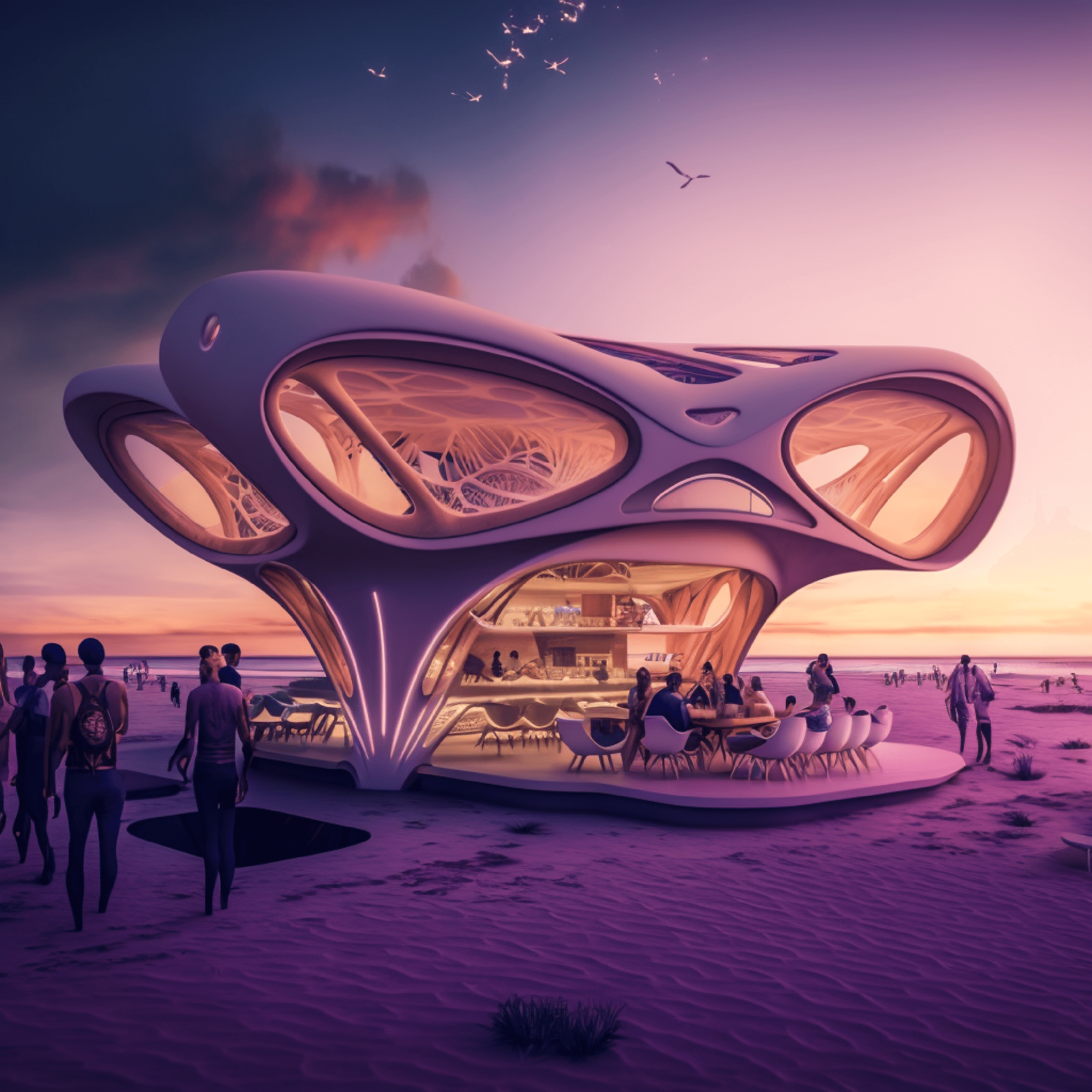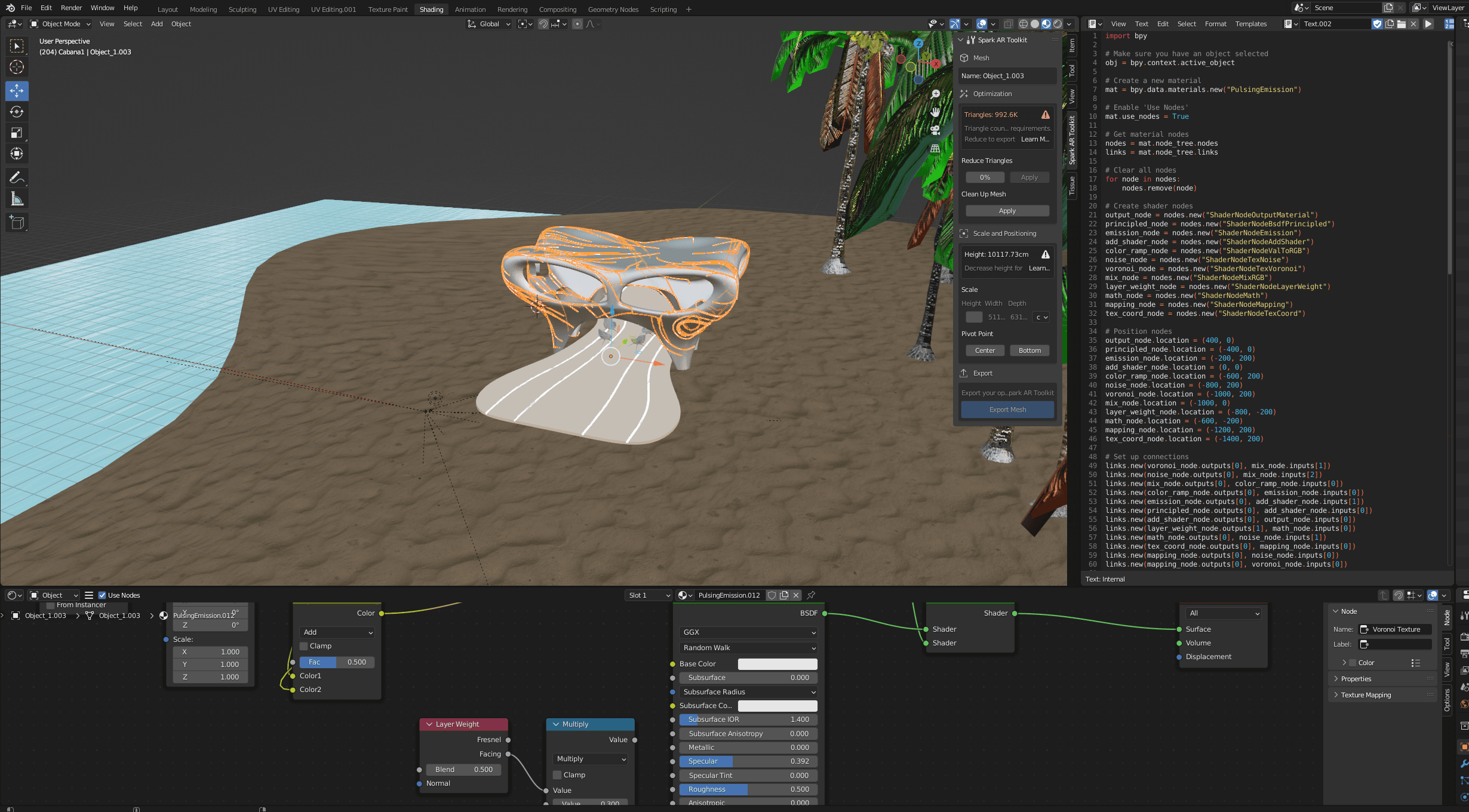XR Projects
May 2023
The TZUNAMI XR project was initiated as an innovative mixed reality experience, purposed to transition users from an AR portal into an immersive and complex VR environment and audio-visual experience. The project was envisioned as a unique promotional tool for the TZUNAMI album by Zahid Planet.
The project extensively employed A-Frame, a web-based VR framework, and 8th Wall for AR capabilities. Building the project involved a variety of tools and programming languages.
Blender
Texture Mapping
Grasshopper
8th Wall
A-Frame
Javascript
HTML
Adobe XD/Figma
Photoshop
Premiere Pro
Rhino 3D
WebXR
Technical Details
Project Development and Challenges
Throughout the project, several technical and design hurdles were faced. These included optimizing complex 3D models for the web, applying game mathematics for object rotation, designing immersive spatial audio experiences, and creating interactive elements in the VR environment.
One of the notable challenges was the optimization of complex, parametric, architectural designs and scripted geometries. An optimization plugin was used within Blender to simplify triangles without significant reduction in visual quality.
Another challenge was the excess in texture size which could potentially cause loading issues. Given the large number of textures in use, identification of the problematic texture was required. A Python plugin was developed within Blender that listed all textures, the objects using them, and their resolutions. From this, it was determined that the issue wasn't within the Blender project but with the skydome texture used within 8th Wall. This challenge was successfully addressed by eliminating options with the custom-built Python plugin within Blender.
WebXR Optimization
WebXR performance optimization was a crucial aspect of the project. Key performance metrics such as the number of triangles, number of textures, draw calls, and geometries were thoroughly examined. Substantial efforts were made to simplify the number of textures, reduce draw calls, and significantly reduce the number of triangles while preserving the complexity of advanced geometries.
Initially, the Tex (Max) value seemed concerning, as it represented the maximum texture size used in the project. However, after further analysis, it was found that the high Tex (Max) value was primarily due to the skydome texture. Given that this was acceptable for the skydome, the focus then shifted to other aspects of performance optimization.



